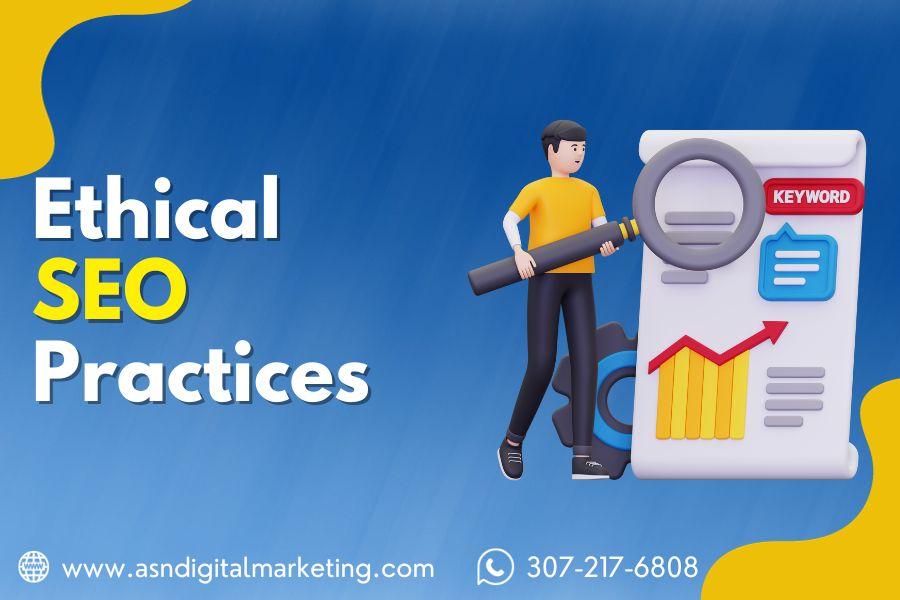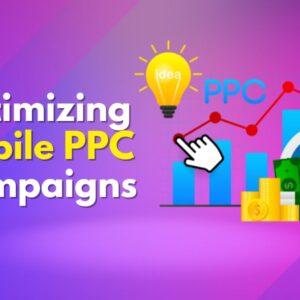Organic traffic will depend on search engine optimization (SEO), which will enhance their ranking. Quality, unique, and search engine-friendly content is one of the crucial aspects of SEO.
In this complete guide, we are going to discuss all you should know on how to write SEO-friendly content in line with the current best practices.
Why Content Optimization Matters for SEO
Search engines like Google become more sophisticated with each passing year. Now they comprehend contextual, intentional, and semantic search. This now implies that it doesn’t work to write any content just for the sake of a keyword.
This requires coming up with valuable content that satisfies the user’s intent. Search engines reward pages that are:
- Relevant to the user’s query
- Easy to crawl and index
- Well-structured and organized
- Full of accurate, useful information
Optimizing your content for SEO shows Google you care about providing the best possible experience for searchers.
SEO Content Best Practices
Here are the most important elements to focus on when creating SEO-friendly content this year:
Write for People First
The days of cramming content with keywords are over. Now, the focus should be on creating useful, engaging content that naturally includes relevant keywords.
Aim to answer questions and provide information searchers are looking for. User experience is now a ranking factor according to Google.
Optimize Title Tags
Your title tag is the first thing users see in search results, so making it compelling and keyword-rich is key. Title tags should:
- Aim for less than 60 characters including spaces
- Appear in the HTML title tag of the page
- Include your target keyword phrase
As an example, an optimized title tag for this article could be “Creating SEO-Friendly Content in 2023: The Ultimate Guide.”
Include a Meta Description
The meta description allows you to provide a preview of the content on the results page. You want to captivate users so they click through to your page.
Make meta descriptions:
- Less than 160 characters
- Appealing and conversational
- Include target keyword
Use Subheadings
Breaking your content into sections makes it easier to read and digest. For SEO, it also helps create more opportunities to include keywords.
Aim for 2-3 subheadings (H2) per 1000 words. Make sure they:
- Accurately describe the content
- Include target keywords
- Are formatted using heading tags
Optimize Images
Images make content more engaging but also need proper optimization. Make sure you:
- Give images clear, descriptive file names with keywords
- Write detailed alt text with keywords
- Set height and width parameters
Using tools like Yoast SEO makes optimizing images much easier.
Include Outbound Links
Links out to authoritative sources not only provide value for readers but also signal to Google that your content is reputable.
When adding links:
- Link out to reputable websites in your niche
- Use anchor text with your target keyword
- Don’t over-optimize links with keywords
Write Longer Content
Google has indicated longer, in-depth content is preferred, especially for competitive keywords.
Aim for at least 1500+ words. Thin content with little value is likely to underperform.
Make Content Easy to Scan
With longer content, formatting is key so users can easily scan and find what they need.
- Use numbered or bulleted lists for quick tips
- Break content into short paragraphs
- Use headers, subheaders, and bold text
Scannability helps boost click-through rates as well.
Optimize Page Speed
Slow page speed leads to high bounce rates and poor user experience. This can negatively impact rankings.
Test your page speed and optimize using these tips:
- Compress images
- Minify CSS, JavaScript, and HTML
- Use caching and browser caching
- Defer offscreen images
Tools like Google PageSpeed Insights make optimization easy.
Wrapping Up
Creating optimized, high-quality content should be a priority for SEO success. By focusing on great user experience and incorporating keywords naturally, you can attract searchers and boost your rankings.
Use this guide as a checklist whenever you create new content. Optimizing your existing content also helps drive more organic traffic.
Stay tuned for more tips from our digital marketing services that help small businesses grow to make content marketing work for your business!










